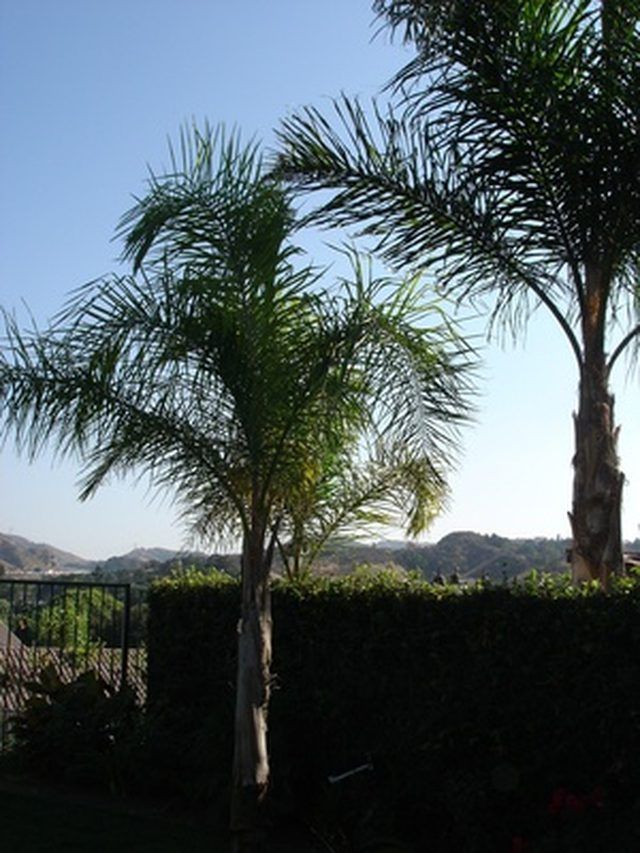Bulbs
Flower Basics
Flower Beds & Specialty Gardens
Flower Garden
Garden Furniture
Garden Gnomes
Garden Seeds
Garden Sheds
Garden Statues
Garden Tools & Supplies
Gardening Basics
Green & Organic
Groundcovers & Vines
Growing Annuals
Growing Basil
Growing Beans
Growing Berries
Growing Blueberries
Growing Cactus
Growing Corn
Growing Cotton
Growing Edibles
Growing Flowers
Growing Garlic
Growing Grapes
Growing Grass
Growing Herbs
Growing Jasmine
Growing Mint
Growing Mushrooms
Orchids
Growing Peanuts
Growing Perennials
Growing Plants
Growing Rosemary
Growing Roses
Growing Strawberries
Growing Sunflowers
Growing Thyme
Growing Tomatoes
Growing Tulips
Growing Vegetables
Herb Basics
Herb Garden
Indoor Growing
Landscaping Basics
Landscaping Patios
Landscaping Plants
Landscaping Shrubs
Landscaping Trees
Landscaping Walks & Pathways
Lawn Basics
Lawn Maintenance
Lawn Mowers
Lawn Ornaments
Lawn Planting
Lawn Tools
Outdoor Growing
Overall Landscape Planning
Pests, Weeds & Problems
Plant Basics
Rock Garden
Rose Garden
Shrubs
Soil
Specialty Gardens
Trees
Vegetable Garden
Yard Maintenance
How Do I Care for a Palmera Plant?
How Do I Care for a Palmera Plant?. Palmera is the Spanish name for palm tree. The areca palm is often referred to by the name of palmera. Smaller palmera plants may be grown indoors or kept outside. These plants prefer a dry area, subtropical climate with partial humidity and partial shade. Most outdoor palmera plants survive well under direct...

Palmera is the Spanish name for palm tree. The areca palm is often referred to by the name of palmera. Smaller palmera plants may be grown indoors or kept outside. These plants prefer a dry area, subtropical climate with partial humidity and partial shade. Most outdoor palmera plants survive well under direct sunlight provided the plant has enough water.
Things You'll Need
Organic fertilizer
Water
Gardening gloves
Garden tools
Mild dish detergent
Pepper (or garlic)
Spray bottle
Manganese supplement
Check for pests or bugs. Look under the leaves and stems.
Mix a few drops of mild detergent with water in a spray bottle. You can add pepper and/or garlic to your water and detergent mix if you see a lot of bugs on your plant.
Spray your plant making sure you completely spray the underside of the leaves.
Water your plant. You only need to water your plant when the soil feels dry. Do not over-water your palmera as these plants are used to dry conditions. Once a week is typically the recommend schedule.
Apply a fertilizer to the soil. You need to fertilize your plant once a month and only when the soil is moist.
Apply a manganese supplement. These supplements can be purchased from most plant nurseries. This will help your palmera plant grow and stay healthy.
Consider a pH adjustment. If you are growing a palmera plant indoors and you do not have direct sunlight, test the soil to determine the pH level. A pH level of 6.0 to 7.6 is recommended for palmera plants. Adjust the pH level by adding 3.6 ounces of ground rock sulfur per square yard to lower the pH level by 1.0. Rake the rock sulfur into the soil to mix. Add 4 ounces of lime per square yard to raise the pH level by 1.0. Rake the lime into the soil to mix.
Tips & Warnings
Cow manure, fish emulsion, or seaweed are good organic fertilizers for outdoor palmera plants.
Avoid using commercial leaf spray shine. Such sprays contain ingredients and chemicals that can harm your plants leaves and clog its pores.